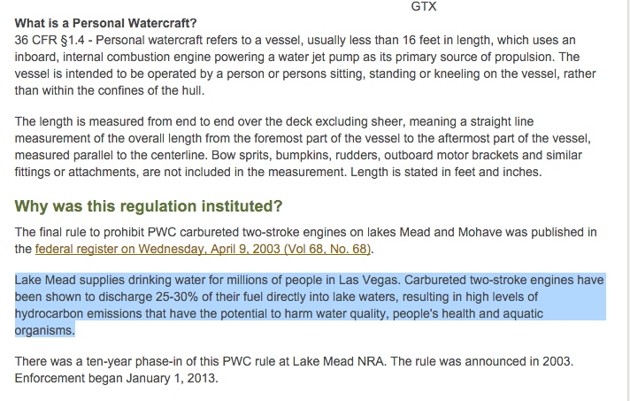In response to the item immediately below, which kicked off this Thread, I’ve gotten reports from different corners of the country. My intention with the thread-organization here is to have a running chronicle, or billboard, of news and developments pro and con.
This item is about two-stroke engines, which North Americans and Europeans now encounter with gas-powered leafblowers (and some other lawn equipment) but otherwise aren’t in widespread use in developed countries any more. If you’ve spent time in Southeast Asia, India, much of Africa, or other parts of the developing world, you know these engines as the put-putting source that powers scooters, some jeepneys, the motorized tricycles known as tuk-tuks, etc.

You find two-stroke engines in poorer countries because they’re cheap. You don’t find them in richer countries because they’re so dirty and polluting. An NIH study in 2004 estimated that two-stroke engines were, by themselves, a major source of air pollution and pollution-related health problems, throughout Asia. Without getting into details, the main reason for the difference is that two-stroke engines are much less efficient in combustion than four-stroke engines (which are standard in cars); they burn a mix of oil and gasoline; and they emit a lot of this combustion mixture directly into the atmosphere, unburned.
***
For this reason, the EPA and other state and federal agencies have put increasing pressure on the boating industry to phase out, ban, or (in some cases) dramatically clean up two-stroke boat engines. Here is a sample directive from the National Park Service, about why they can’t be used for some kinds of watercraft in Lake Mead and Lake Mohave:

And here is a chart from the Oregon State Marine Board about the way the ban cut the proportion of two-stroke outboard engines on the state’s waters from 70% to 51% in the first three years. I haven’t yet seen later charts, but presumably the trend goes on. Similar trends apply to motorcycles in rich countries, which used to have a lot of two-stroke models and now have very few.

***
In the decades since the dawning of the world environmental movement in the early 1970s, rich and poor countries alike have steadily increased efforts to make car engines, truck engines, aircraft engines, railroad systems, heating and cooling systems, power generation, and most other forms of combustion energy cleaner year by year. A sign that a country is rich is that it has done more in this direction. One more burden of being poor is skies that are dark and unhealthy.
The main, anomalous remnants of poor-country pollution standards in the developed world are the two-stroke engines we encounter more often on leafblowers than anywhere else. (Also some noisy two-stroke generators.) We don’t use them in cars; we rarely use them in motorcycles; we’re moving away from them in boats. But their use is increasing in our neighborhoods.
Cruelly, in the richest neighborhoods of rich countries, it is often immigrants from poorer countries, on landscaping crews, who are carrying this equipment and spending the day in its fumes.